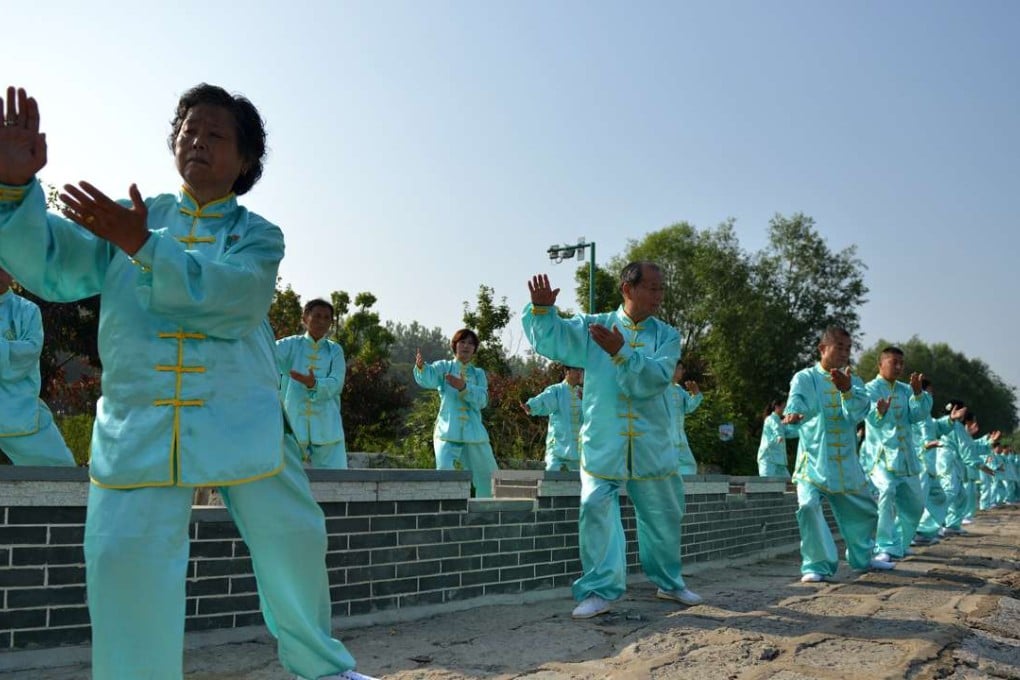Sport for all: China’s plan to cope with ageing society
Shift in mindset as encouraging exercise is seen not only as a route to Olympic glory, but to a healthier and economically more productive nation

The mainland has rolled out a plan to motivate the public into exercising more over the next five years to help the nation cope with an ageing society and rising medical costs.

The plan, released by the State Council on Thursday, aims to raise the public’s awareness of sports by 2020, by which time it wants 700 million people to exercise at least once a week and 435 million to exercise three times a week.
It envisages sports-related industries to expand to 1.5 billion yuan (HK$1.77 billion) in that time – up from 900 million yuan in 2014 – and for sporting venues’ area-per-capita to reach 1.8 square metres. The country’s last plan to boost sport, which covered the years from 2011 to 2015, had targeted an area-per-capita of 1.5 square metres.
“The central government has decided to build a healthy China and mass-participation in sport is an important part of this strategy,” Liu Peng, director of the General Administration of Sports, said.